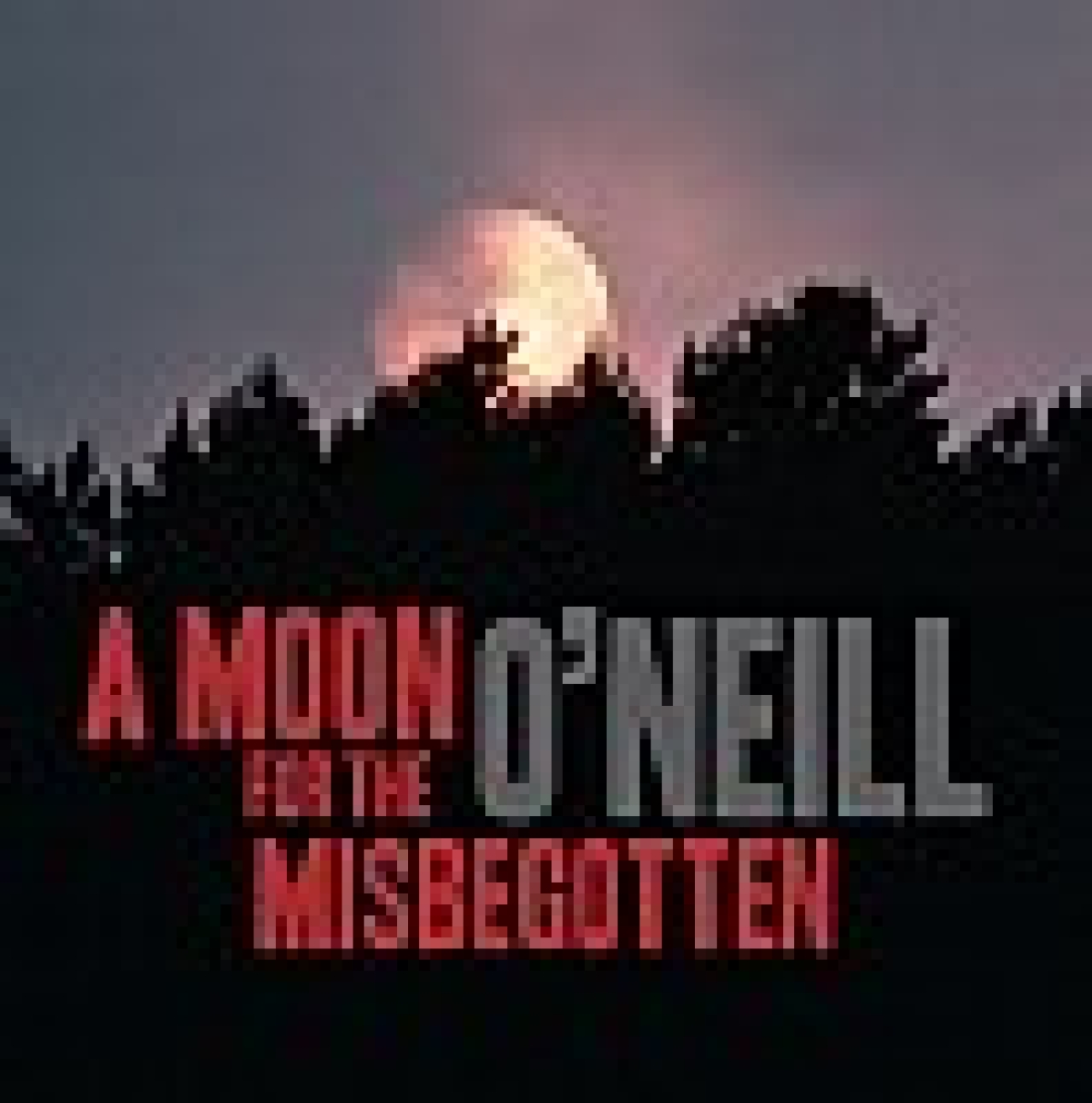A Moon for the Misbegotten

in A Moon for the Misbegotten
(© Jacob J Goldberg)
Two of the charges against Eugene O’Neill — that his plays lack both humor and poetry — are summarily dismissed in the Pearl Theatre’s commanding revival of A Moon for the Misbegotten at New York City Center Stage II. The play is normally considered a somber affair, and the friction between father and daughter, especially throughout the first act, is played for its dysfunctional strife and mounting tension. While none of that quality is lost, the amusement lurking in the hurled verbal abuse roars through.
Much of the credit for mining the barrelful of laughs in the ultimately heart-rending tale of how strapping, self-proclaimed everybody’s girl Josie Hogan (Kim Martin-Cotton) breaks through to suicidal James Tyrone Jr. (Andrew May) with the instigated blessing of her father Phil Hogan (Dan Daily) goes to director J. R. Sullivan for recognizing the yuk-potential, and leading Martin-Cotton and Daily, in particular, to maximize it.
In the gritty, bigger-than-life work, several things are at stake — whether Josie will at last satisfy her passion for Tyrone, whether Tyrone will be able to shed his inconsolable despair, and whether Tyrone will honor his promise to sell the Hogans their patch of hardscrabble land rather than reap far more profit by deeding it to foppish, rich neighbor T. Stedman Harder (Kern McFadden). O’Neill provides the answers to all three questions during the long night when that misbegotten moon shines down on Josie and Tyrone and then in the bright, forgiving dawn that follows.
As the equally-misbegotten pair strip away — and have stripped away — their illusions about themselves and each other, the result is arguably the greatest extended love scene in American dramatic literature. That it ends with less promise for its lovers than the balcony scene Juliet and Romeo enact doesn’t compromise its lyrical beauty.
But here’s where the drawbacks to Sullivan’s version peep through more than they have. To begin, there’s been much blather about Josie’s physical appearance — much of it coming from her — and Martin-Cotton fulfills the script requirement. Until, that is, she stands next to the tall, husky May. Somehow her suddenly appearing to shrink undercuts O’Neill’s intentions.
Making his New York debut, May proves to be an actor of obvious substance, and he’s certainly handsome enough in his three-piece suit to set big-boned Josie swooning. No worries, either, about his expressing Tyrone’s passion for Josie in contrast to the hookers with whom he compulsively, drunkenly pursues. What’s desperately missing from his performance, however, is the sense of a man, haunted by his past, who’s been drinking himself to death for months.
And what about that much-discussed poetic moonlight? Though Jo Winiarski’s shanty-dominated set serves its purpose, Jaymi Lee Smith’s lighting, which should be brimming with moonbeam glow as the lovers embrace their realities, is barely noticeable. As Smith designs it, there’s little difference between hot Indian-summer day and cool night. That’s a shame when so much of the rest of O’Neill’s poetry is manifest.











